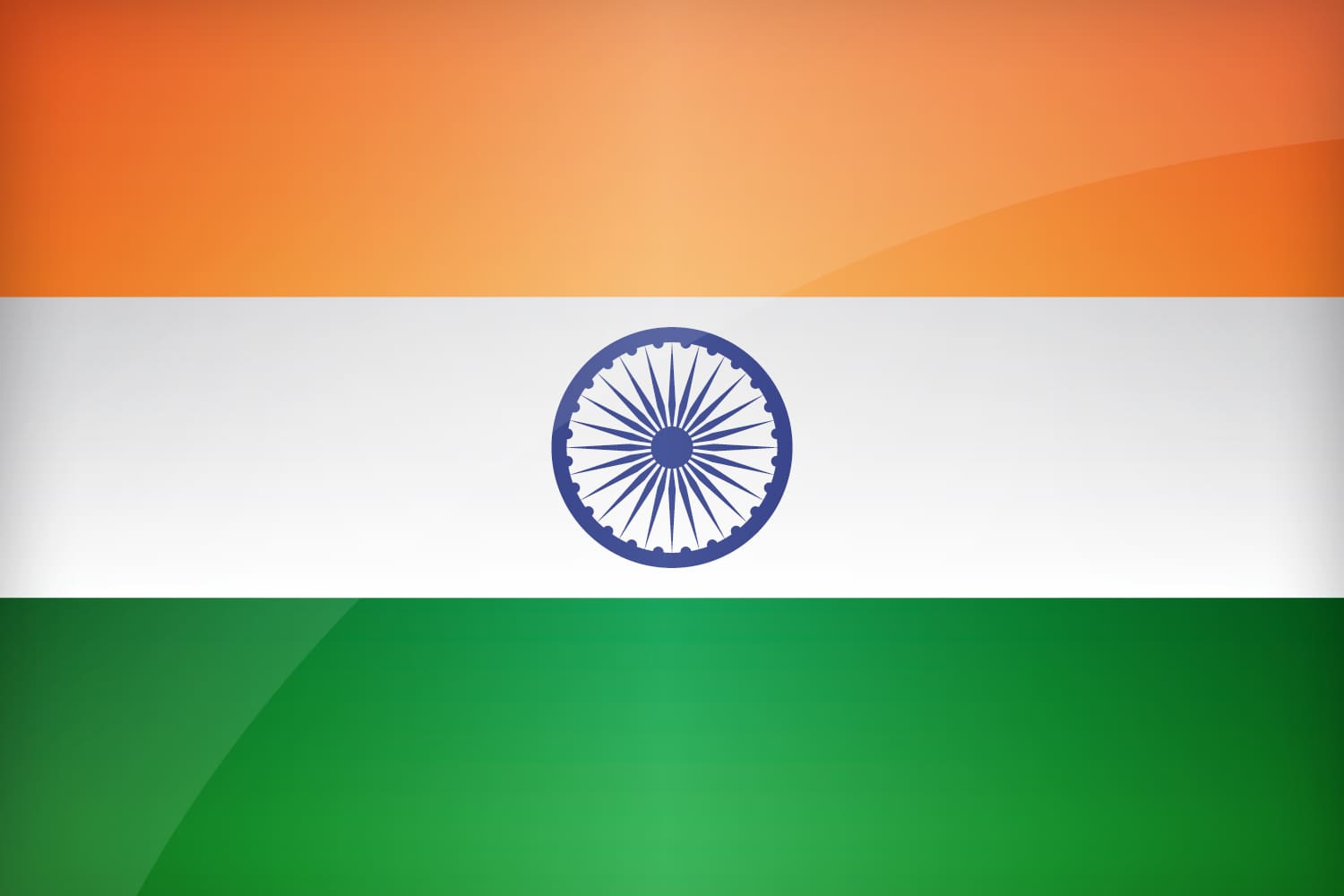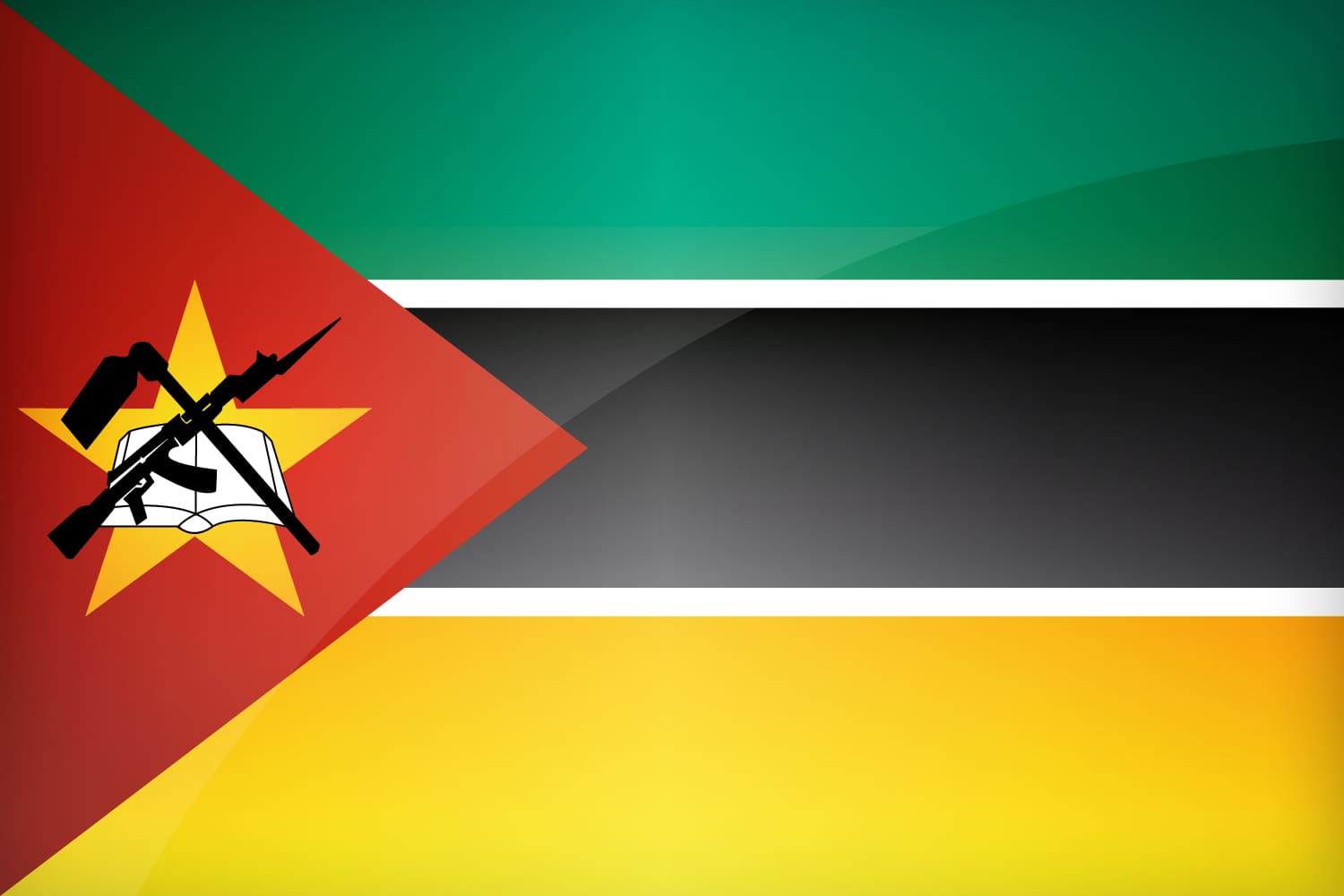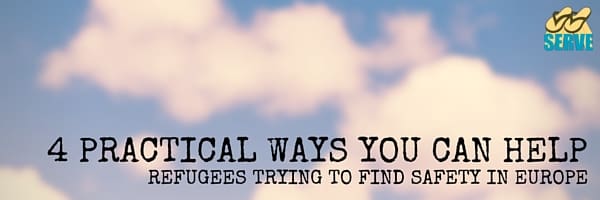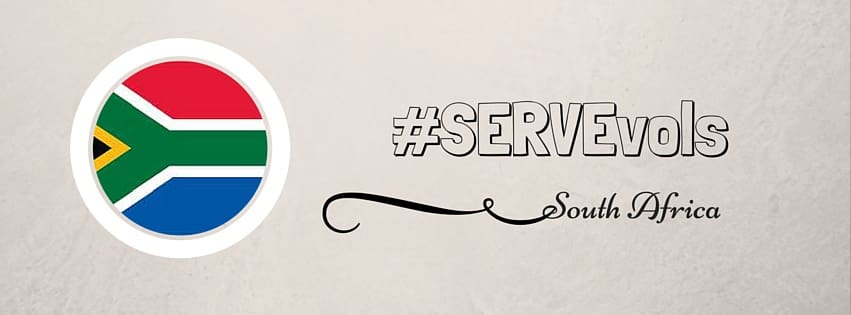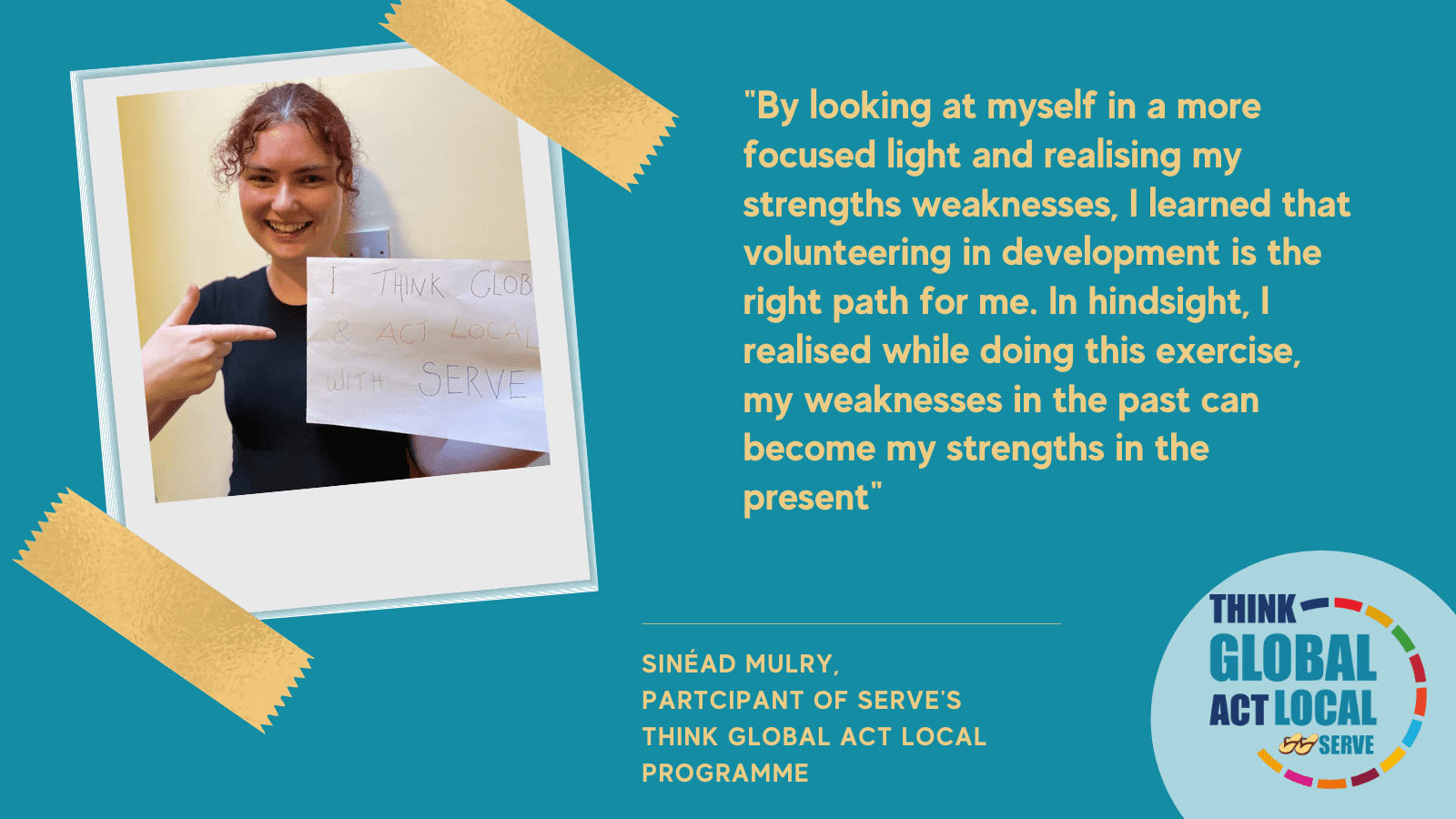No Child Left Behind
By Emma Delmer
As an Irish primary school teacher, it is difficult to imagine what education is like in other countries. It is easy to become solely accustomed to the teaching methods and education system in Ireland and to never wonder what education may be like elsewhere. However, after volunteering in a primary school in India for three weeks, I have experienced the value of learning about education in different countries.
Education is all about teaching and learning. Over the last three weeks I have shared my knowledge on Irish teaching methods while also learning many things about the education in India.
I believe one of the key factors to quality education is the inclusion of every child. Inclusion is a big part of Irish education and it was great to see how it is a major focus of this school in India. It is an integrated school with 80% of the students living with disabilities and many students coming from a low income family. Each child in the school is given an equal opportunity to access education regardless of any disability they may have, or their economic background.
“If a child can’t learn the way we teach, maybe we should teach the way that they learn” – Ignacio Estrada. The meaning of this quote is evident in the school where their focus is making education accessible for every student. This was evident from various resources and supports available to assist students. For instance, the school is wheelchair accessible and wheelchairs and walkers are supplied for the students as they get off the bus each morning. Activities are often adapted to help fit the child’s ability. For example, I was working with one child on a card matching activity. This child can not actively move his body and has very little speech however, he has been taught to use eye contact to communicate. He used eye contact to indicate to me which cards he wanted to match.
As the school is part of a disability centre, the children also have access to a physio therapist, occupational therapist, and a speech and language therapist. Students who require this support are taken out to work with a consultant on a one to one basis or in small groups. This ensures that the children who need extra support are getting it.
Furthermore, a number of children in the school are deaf or have hearing impairments. Sign language is encouraged in the school to ensure inclusion for all. All staff in the school have sign language, which they use along with speech when teaching lessons. Many of the other school children have learned it too and they are always eager to show visitors to the school some phrases and words to facilitate them in communicating with children who are hearing impaired. It is inspiring to see how everyone in the school works together to ensure inclusion.
For me, one of the most interesting aspects of education in this school in India was how the classes were more ability based than age based. In other words, if a child was 10 years old in Ireland you would expect them to be in third/fourth class/standard however, in this school in India that child could be in second standard if they are developmentally delayed. This ensures that the child is doing work that corresponds with his/her ability.
The resources and facilities available, the positive attitudes of the staff and students, as well as allowing each child to work at their own ability has shown me how inclusive education is highly regarded in this school in India. It has been inspiring to see and a lot can be learned from a school like this.

